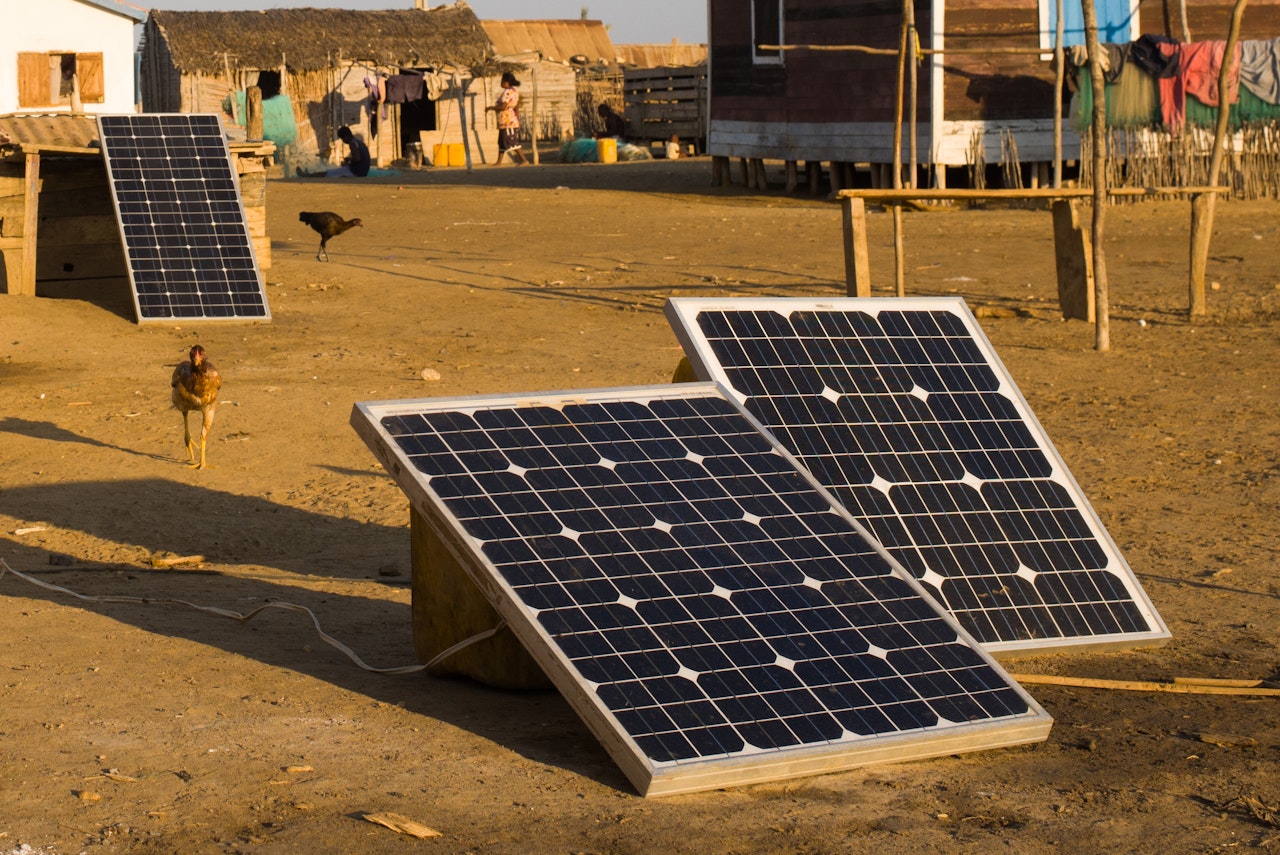Guidebook for Improved Electricity Access Statistics

About this report
The world remains far off track to reach universal access to electricity by 2030 – a key target canonised in UN Sustainable Development Goal 7 (SDG7). While many countries have set targets to advance universal electrification, it remains challenging to collect timely data on their progress, making it difficult to build or refine their electrification plans and policy strategies.
To provide governments with the tools to achieve their goals, the Guidebook for Improved Electricity Access Statistics (hereafter “Guidebook”) focuses on methodologies using readily available supply-side data from electric utilities, mini-grid operators, and off-grid system distributors to track access to electricity trends. This approach can be adopted at a low-cost and provides accurate estimates on access rates with a potential time lag on the order of months, instead of years. Supply-side data complements household or census surveys, which can give a more nuanced, detailed picture, but are typically only run every five to ten years due to their expense.
This report provides step-by-step guidelines on how to implement an improved supply-side data collection process, and produce more time-sensitive and comprehensive access to electricity indicators. In addition, the Guidebook proposes a standard method to capture mini-grids and stand-alone off-grid systems in calculating access to electricity, which are becoming increasingly more commonplace in strategies to reach universal access. Finally, the Guidebook suggests further steps practitioners can take to advance geospatial data collection and reporting, which has become the new best practice for electrification planning supporting both electric utilities and the vibrant off-grid industry.
This report is released in tandem with IEA Electricity Access Data Collection Template (updated in July 2024) and is supported by the Data-Driven Electrification in Africa programme.